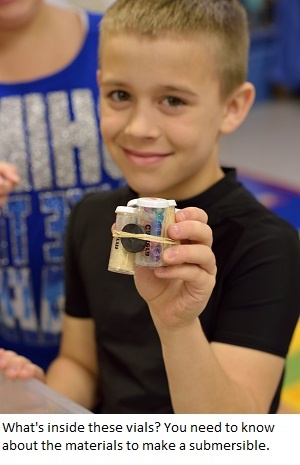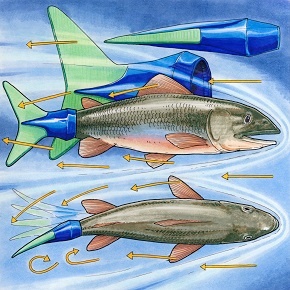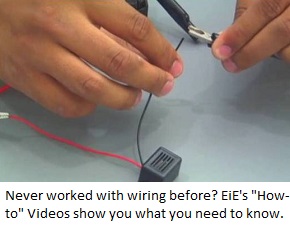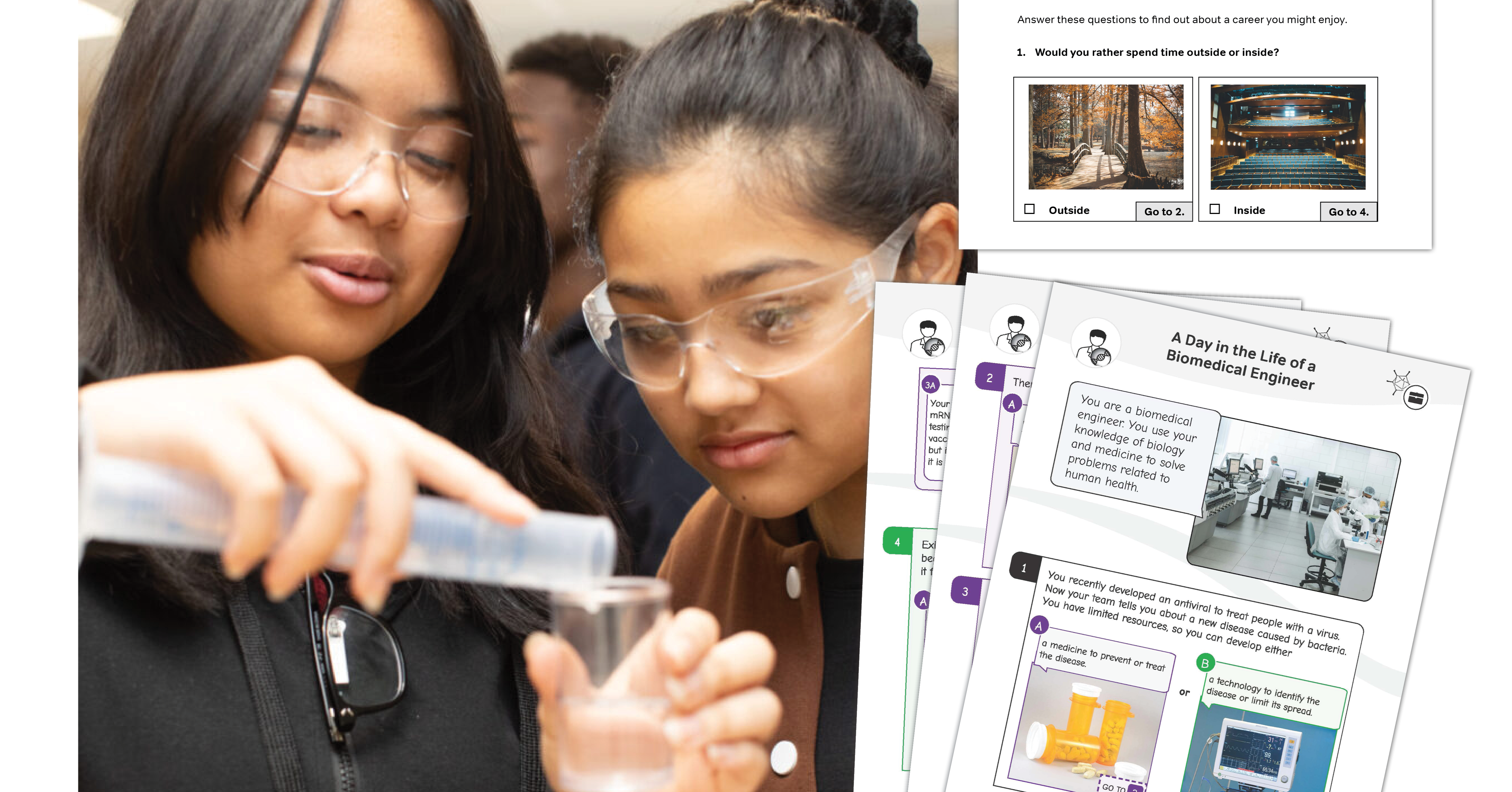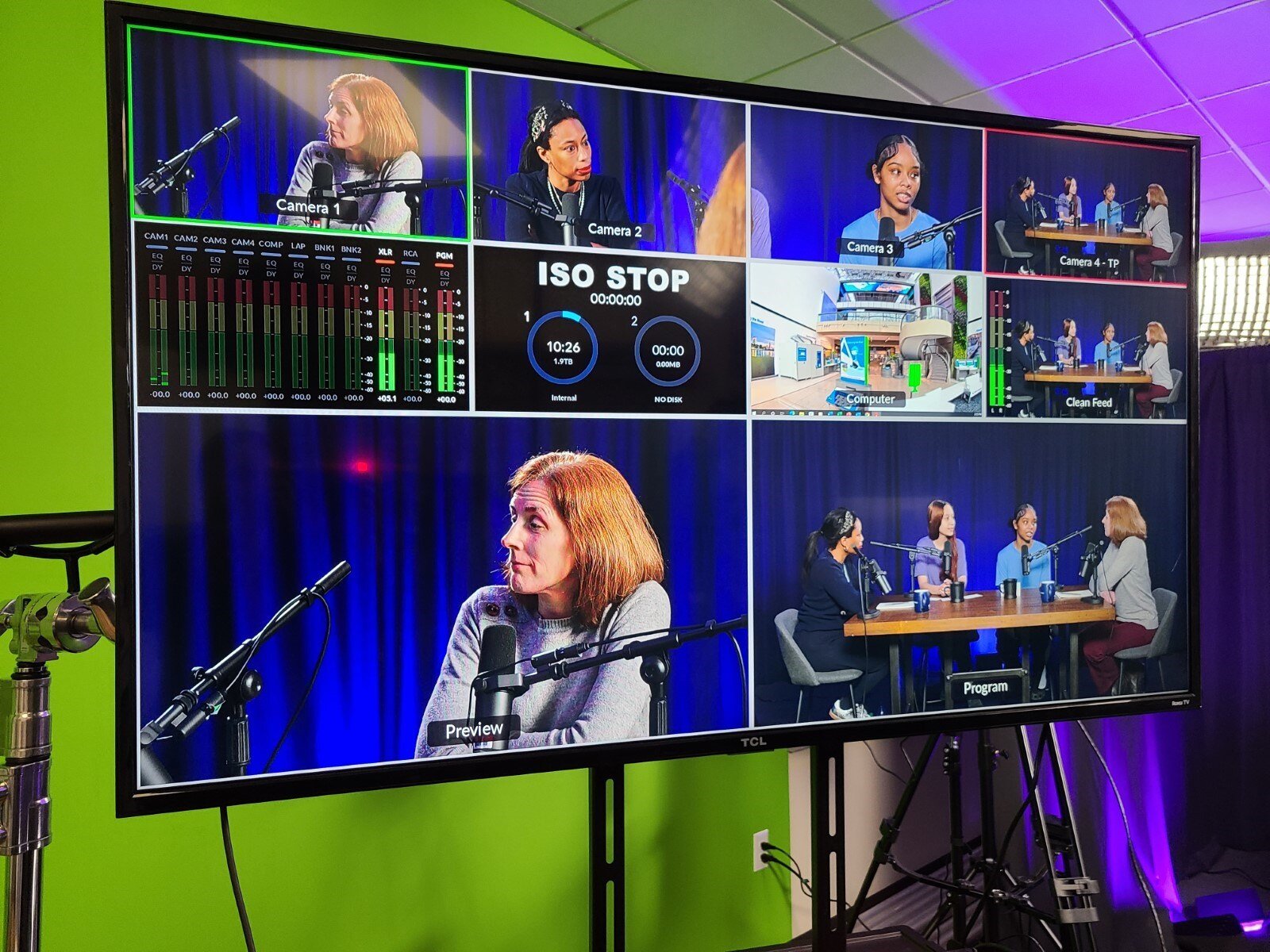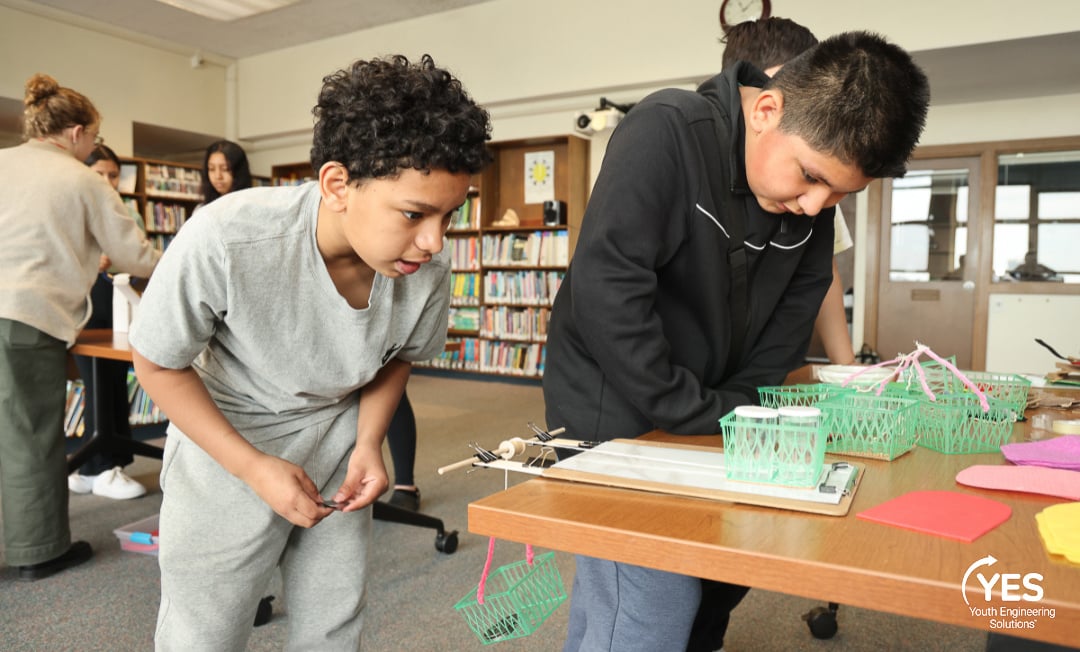Every Engineering is Elementary unit includes four lessons. Lesson #4 is a hands-on design challenge that engages students in designing and building a technology: a windmill, alarm circuit, knee brace, and so on. When I faciliate EiE professional development workshops, participants often ask me: “Do I HAVE to teach all four lessons? Can't I just skip to Lesson 4?"
EiE Teaching Tips | Professional Development | Tuesday, November 10
Ask EiE: Do I have to teach all four lessons?
Out-of-School time | Tuesday, December 22
New Afterschool Engineering Activities Feature Farms, Fish, and Fun
EiE’s out-of-school time (OST) curriculum Engineering Everywhere (EE) has two new units that are sure to intrigue and engage middle schoolers in your program. Both units feature cutting-edge topics that track the newest developments in engineering fields:
OST programs can be the key to holding middle schoolers’ interest in STEM. According to the Afterschool Alliance, the middle school years are a “make-or-break” time for many youth, when students either get excited about learning . . . or get totally turned off, especially about STEM subjects.
When the school day's over, when the pressure’s off, when the activities are hands-on and connected to real-life experiences (as they are in these new units), middle schoolers are more likely to get hooked on the excitement and pleasures of science and engineering.
Implementing EiE | Professional Development | Tuesday, November 3
Alabama Invests in STEM, Brings EiE to Schools Across the State
A recent study by the business data company WalletHub ranked Alabama one of the worst states in the nation for quality of K-12 education.
The state has been working hard to change that, though, notably with a plan to improve STEM education through America’s largest and most comprehensive math and science program, the $30-million Alabama Math, Science, and Technology Initiative, or AMSTI.
Recently, we learned that Engineering is Elementary will be part of this initiative, and in a big way. Alabama just adopted new science standards that include engineering practices . . . and EiE was selected as a resource that can help schools meet those standards.
EiE Teaching Tips | Thursday, October 29
Teacher Tip: Discover Your Inner Engineer with EiE Videos
Every Thursday on the EiE Blog, we bring you helpful tips and resources for teaching elementary engineering.
When my husband was in grad school, working on a degree in education, he wanted to take a couple of computer science courses . . . but they were reserved for computer science majors, which he wasn’t, so he was shut out. Then he discovered you could take the courses if you declared a minor in electrical engineering. Problem solved!
He never drew a schematic diagram or touched a wire or did anything with electricity, he just took programming courses. Today, every time he tapes a frayed electrical cord, he jokes, “I’m not a real electrical engineer, I just play one in this movie.”
If your electrical engineering experience (or lack thereof) is similar to his, and if you’re going to be teaching Engineering is Elementary’s electrical engineering unit (An Alarming Idea: Designing Alarm Circuits), then maybe you’re feeling . . . well, alarmed! We can help.
EiE Resources for Teachers | Tuesday, October 27
Spotlight on K - 12 STEM Education in Massachusetts
November is a busy month for anyone who cares about STEM education in Massachusetts!
On Friday, Nov. 6, the Massachusetts Association of Science Teachers holds its annual conference in Boxborough, MA. EiE will be there; you’re invited to join professional development provider Nicole O’Neil at 8am on Nov. 6th for a session titled “Uniting Engineering and Science: Engineering Design Challenges that Inspire Inquiry.” She’ll take you through an EiE activity where you design a model maglev train.



